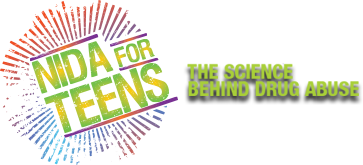About Us
Glossary
-
Temporal lobe: The lobe of the cerebral cortex at the side of the head that hears and interprets music and language. [5]
-
Tetrahydrocannabinol: See THC
-
Thalamus: Located deep within the brain, the thalamus is the key relay station for sensory information flowing into the brain, filtering out important messages from the mass of signals entering the brain. [5]
-
THC: Delta-9-tetrahydrocannabinol; the main active ingredient in marijuana, which acts on the brain to produce its effects. [1]
-
Tobacco: A plant widely cultivated for its leaves, which are used primarily for smoking; the tabacum species is the major source of tobacco products. [3]
-
Tolerance: A condition in which higher doses of a drug are required to produce the same effect as during initial use; often leads to physical dependence. [3]
-
Toluene: A light colorless liquid solvent found in many commonly abused inhalants, including airplane glue, paint sprays, and paint and nail polish removers. [9]
-
Transporter: A light colorless liquid solvent found in many commonly abused inhalants, including airplane glue, paint sprays, and paint and nail polish removers. [5]
-
Trichloroethylene: A liquid used as a solvent and in medicine as an anesthetic and analgesic. Found in cleaning fluid and correction fluid. [9]




